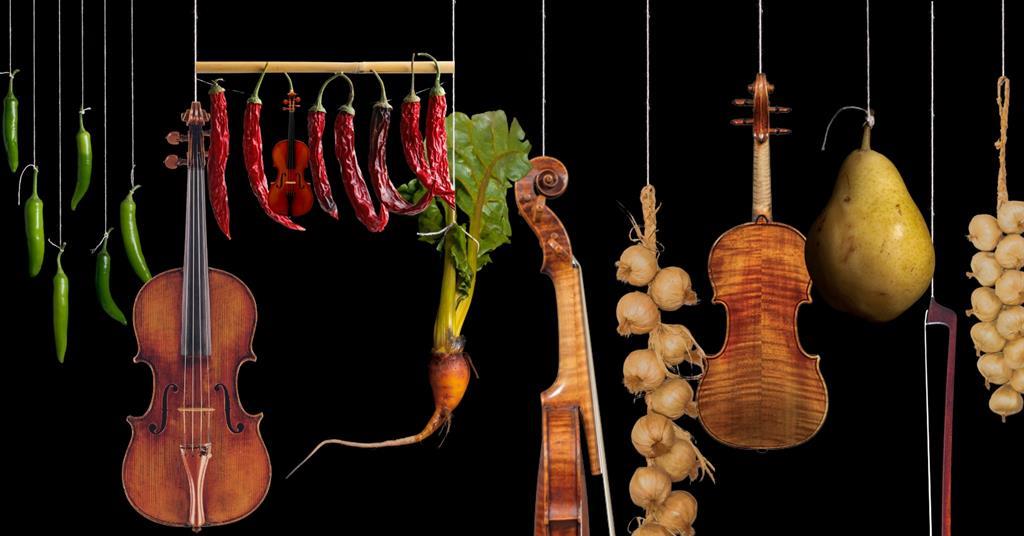Saint Patrick’s Day is celebrated every year on March 17th in honor of Saint Patrick, the patron saint of Ireland. Today, it’s known for parades, wearing green, and festive parties. However, it actually started as a religious holiday with deep historical roots.
Saint Patrick was born in Britain in the late 300’s or early 400’s. When he was a teenager, he was kidnapped by Irish raiders and taken to Ireland as a slave. After several years, he escaped and returned home. Later, he felt called to go back to Ireland as a missionary and spread Christianity. He is said to have used the shamrock, a three-leafed plant, to explain the Christian concept of the Holy Trinity. He died on March 17th, which is why the holiday is celebrated on that date.
At first, Saint Patrick’s Day was mainly a religious feast in Ireland, but it became more of a cultural celebration over time, especially among Irish immigrants in the United States. The first Saint Patrick’s Day parade was held in New York City in 1762. Today, major cities such as Chicago, Boston, and Dublin host massive parades and festivals, with Chicago even dyeing its river green.
There are many traditions associated with the holiday. People wear green because it’s considered lucky and represents Irish pride. Another tradition is eating classic Irish foods like corned beef and cabbage. Some people also attend church services to honor Saint Patrick.
Even though it began as a religious holiday, Saint Patrick’s Day has grown into a global celebration of Irish culture. Whether through music, dancing, or festive gatherings, people around the world use the day as a chance to embrace Irish heritage and have fun.








